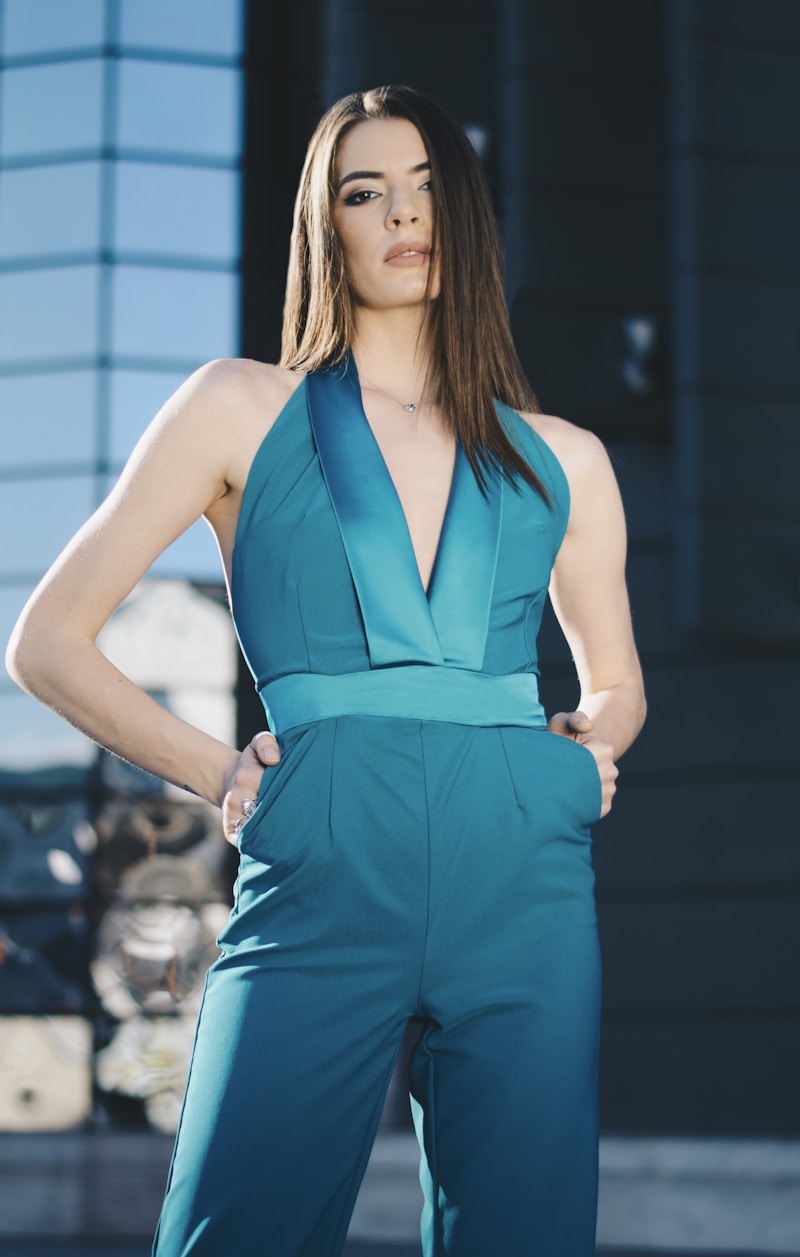Exploring Artistic Draping Techniques in Fashion: A Comprehensive Guide
Introduction to Artistic Draping Techniques
Artistic draping techniques in fashion are an essential part of garment design, allowing designers to create stunning silhouettes that enhance the wearer's figure while showcasing the uniqueness of the fabric. This technique involves the manipulation of fabric to create beautiful folds, tucks, and movement, transforming simple cloth into works of art. In this article, we will explore various artistic draping techniques, their historical significance, and tips on how to master these skills.
The History and Evolution of Draping Techniques
Draping has been a fundamental aspect of fashion design for centuries, with roots tracing back to ancient civilizations. The Greeks and Romans often used draped garments to symbolize status and elegance, leading to the creation of iconic shapes like the toga and the chiton. Throughout history, draping techniques have evolved with fashion trends, materials, and cultural influences. Today, contemporary designers continue to innovate these techniques, pushing the boundaries of traditional fashion.
Key Artistic Draping Techniques
When exploring artistic draping techniques, it's vital to understand various styles and methods that designers employ. Here are some prominent techniques:
| Technique | Description |
| Bias Draping | Utilizes the diagonal grain of fabric to create fluid and natural shapes that hug the body's curves. |
| Soft Draping | Involves lightweight fabrics and loose fits, creating a relaxed, flowing aesthetic. |
| Structural Draping | Focuses on creating rigid and sculptural shapes, often using heavier fabrics for support. |
| Asymmetrical Draping | Creates off-balance designs that are visually intriguing and modern. |
| Layered Draping | Involves multiple layers of fabric, adding depth and complexity to the garment. |
Understanding Fabric Types and Their Role in Draping
The choice of fabric significantly impacts draping techniques. Here are some common fabric types along with their characteristics:
| Fabric Type | Characteristics |
| Silk | Lightweight, smooth, and luxurious; ideal for soft and flowing drapes. |
| Cotton | Versatile and breathable; suitable for structured and soft draping. |
| Wool | Heavier and warmer; often used for sculptural draping because of its structure. |
| Chiffon | Lightweight and sheer; perfect for layering and adding soft textures. |
| Linen | Textured and breathable; great for casual and summer garments. |
Techniques for Mastering Artistic Draping
To effectively master artistic draping techniques, follow these essential tips:
- Practice Regularly: The key to becoming proficient in draping is consistent practice. Experiment with different fabrics and techniques.
- Understand the Anatomy: A solid grasp of the human body and how fabric interacts with it will enhance your draping skills.
- Study Historical Techniques: Look at past designers and historical garments to gain inspiration and better understanding.
- Use Appropriate Tools: Invest in good-quality mannequins, pins, and fabric scissors to make the draping process easier.
- Document Your Process: Keep a sketchbook to document your experiments, which will help you refine your techniques over time.
Famous Designers Who Excel in Draping
Several renowned fashion designers have made a significant impact on the industry with their draping techniques. Here are a few:
- Issey Miyake: Known for his innovative use of fabric and sculptural shapes.
- Alexander McQueen: Renowned for his dramatic and bold draping styles.
- Cristóbal Balenciaga: Often called the master of draping, he created architectural garments that revolutionized women's fashion.
- Yohji Yamamoto: Famed for his avant-garde style, incorporating loose draping and layering in his designs.

Challenges in Draping and How to Overcome Them
While mastering artistic draping techniques can be rewarding, several challenges can arise during the process. Here are a few common issues and their solutions:
- Fabric Movement: If the fabric shifts unexpectedly, use fabric weights or pins to keep it in place.
- Fit Issues: Always do a fitting session with a model or a dress form to ensure the design fits well.
- Complexity of Technique: Start with simpler draping styles before moving on to more elaborate techniques.
Current Trends in Artistic Draping
As fashion continues to evolve, so do draping techniques. Recent trends focus on sustainability, with designers opting for eco-friendly fabrics and practices. Minimalism is also on the rise, with simpler, cleaner lines that highlight the beauty of the drape without unnecessary embellishments. Additionally, many designers are experimenting with digital technology to create patterns and draping styles that were previously unattainable.
Conclusion
Artistic draping techniques in fashion are more than just a method of garment construction; they are a vital form of expression and creativity. By understanding the history, mastering various techniques, and embracing modern trends, designers can create extraordinary pieces that stand out in the fashion world. As you embark on your draping journey, remember that practice and innovation are key. Embrace challenges, learn from historical influences, and let your creativity flow. Whether you are a seasoned designer or just starting, the world of artistic draping awaits your unique touch.
Note: To excel in artistic draping, spend time analyzing different fabrics, study the works of iconic designers, and don’t hesitate to experiment with your style. Happy draping!